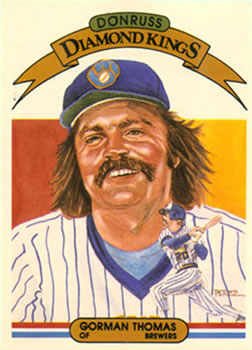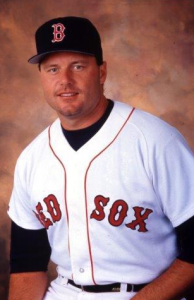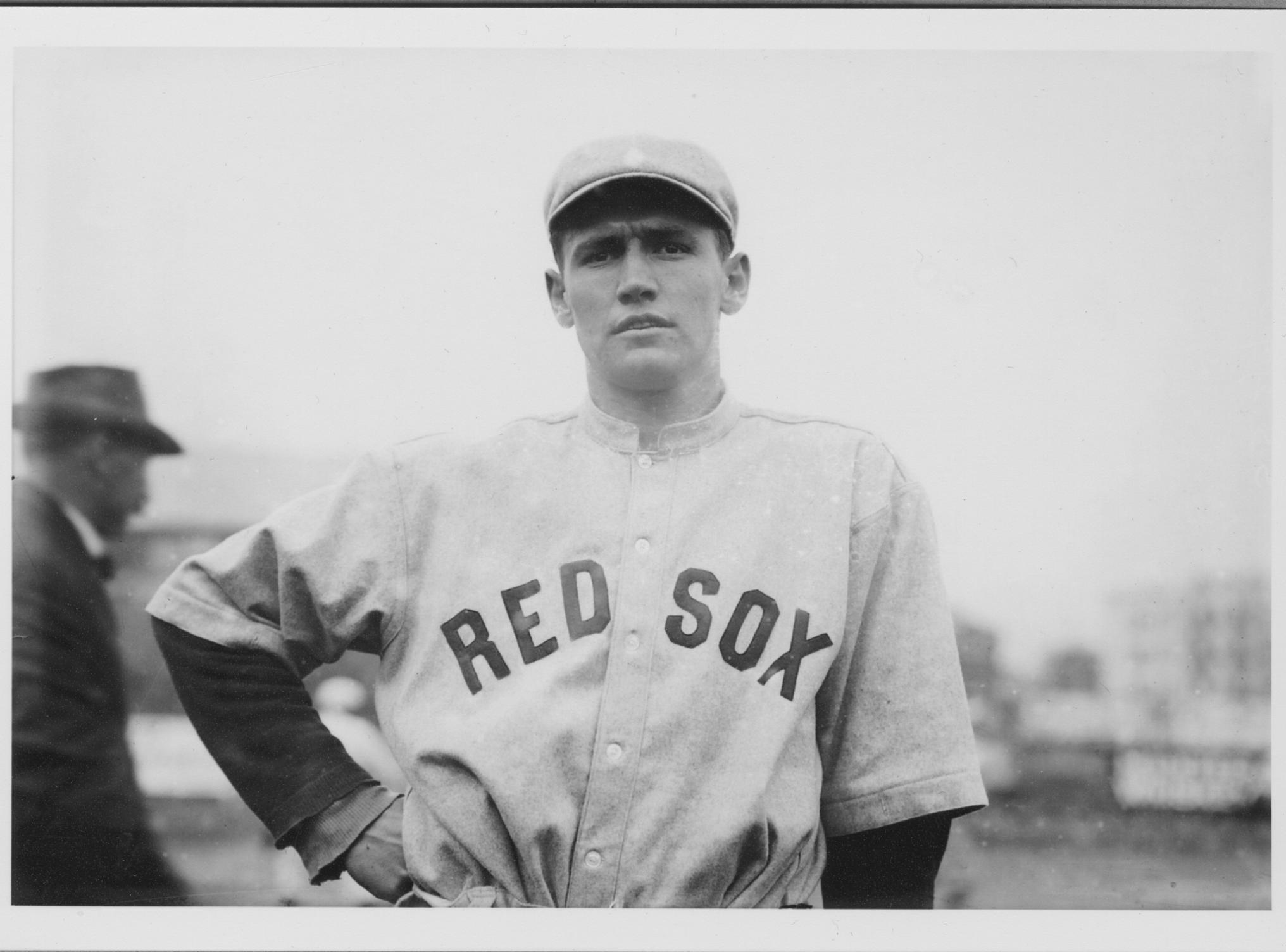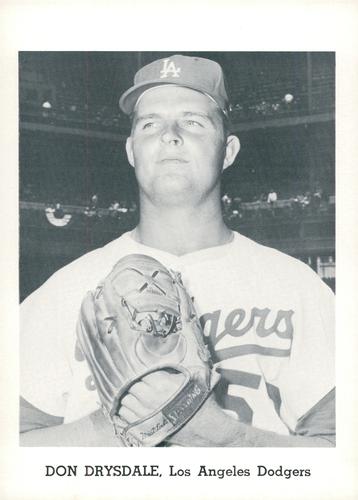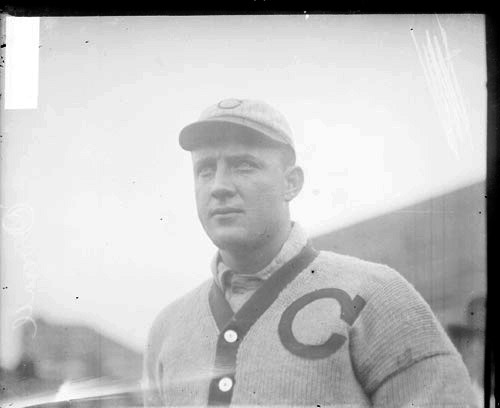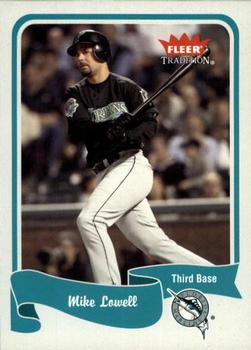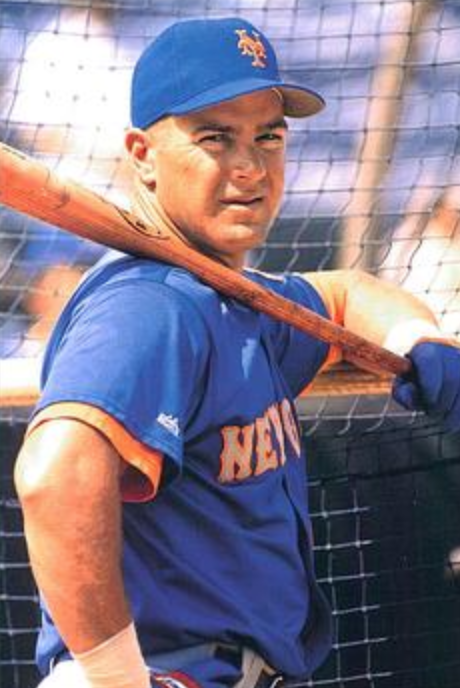October 15, 1969: Seaver’s pitching, Swoboda’s defense help Mets win Game 4
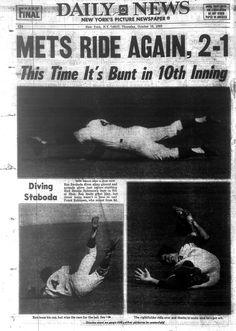 When the Baltimore Orioles and the New York Mets met in Game Four of the 1969 World Series, the sports world was watching closely. The Mets had taken the lead in the Series after winning Game Three, 5-0, behind the pitching of Gary Gentry and Nolan Ryan. When the teams took the field on the afternoon of October 15, Mike Cuellar and Tom Seaver were the starting pitchers in a repeat of the matchup that took place in Game One. Cuellar came out the winner in that pitching duel. Everyone was watching to see if this game would be a repeat.
When the Baltimore Orioles and the New York Mets met in Game Four of the 1969 World Series, the sports world was watching closely. The Mets had taken the lead in the Series after winning Game Three, 5-0, behind the pitching of Gary Gentry and Nolan Ryan. When the teams took the field on the afternoon of October 15, Mike Cuellar and Tom Seaver were the starting pitchers in a repeat of the matchup that took place in Game One. Cuellar came out the winner in that pitching duel. Everyone was watching to see if this game would be a repeat.
Seaver started impressively. Although Paul Blair got a single off him in the first inning, he struck out Don Buford and Boog Powell. Frank Robinson flied out to center field and Seaver kept the Orioles from capitalizing on Blair’s single. Cuellar also started well. He got Tommie Agee to ground out to third. Bud Harrelson singled to left field, but Cleon Jones hit a groundball to shortstop for a double play to end the inning almost as quickly as it started.
In the second inning Seaver began to show why he was the best pitcher in the National League that season. He got Brooks Robinson to ground out to shortstop. He walked Elrod Hendricks but Davey Johnson hit another groundball to shortstop and Hendricks was forced out at second. The inning ended when Johnson was caught stealing.
In a switch from the first game, it was Cuellar who made the first mistake. He surrendered a leadoff home run to Donn Clendenon in the second inning. Manager Gil Hodges used right-handed hitter Clendenon against lefties in place of Ed Kranepool.1 After Clendenon’s blast, Cuellar got both Ed Charles and Ron Swoboda to ground out to short, then struck out Jerry Grote to end the inning although not without some excitement as Oriole skipper Earl Weaver was ejected for arguing balls and strikes.
As the game progressed, it looked as though that one run might be all that Seaver would need. He kept the Orioles hitters spellbound with his fastball and overwhelming curveball. Orioles got on base in each of the first three innings but Seaver quickly shut them down every time. Baltimore’s best chance to take advantage of Seaver took place in the third. After giving up singles to Mark Belanger and Cuellar, Seaver got Buford to hit a groundball to Clendenon. The first baseman threw out Cuellar out at second. This left runners at first and third. Blair, who had 26 home runs and 32 doubles during the season, now came to the plate. Everyone watching expected him to swing away. When Orioles manager Earl Weaver had Blair bunt the ball down the third-base line to score the lead runner, Seaver held Buford at third before throwing out Blair at first. Frank Robinson then hit a foul popup to the first-base side to end the inning.2
Cuellar and Seaver continued to battle each other through the sixth inning. The Mets got scattered hits off Cuellar but failed to score any more runs. A pair of singles by Al Weis and Agee in the bottom of the third inning had the Mets with runners at second and third, but Cuellar was able to get out of the inning with groundballs, one to third and second. The Mets got two more hits, one in the fifth and another in the sixth, but failed to score.
Meanwhile, Seaver settled down and took control of the game. From the fourth through the eighth, only one Oriole reached base, Blair on a walk in the sixth.
Coach Billy Hunter, who took over after Weaver was ejected 3 pulled Cuellar for a pinch-hitter in the top of the eighth inning. Cuellar had kept the Mets from getting any more runs after Clendenon’s home run. When he left the game, he had retired 10 of the last 13 Mets batters he faced.4 Eddie Watt took over in the bottom of the eighth inning and picked up where Cuellar had left off. He got the Mets out in order. Weis flied out to center field, Seaver hit a groundball to second base and Agee struck out. So it was 1-0 going into the ninth inning.5
The Orioles finally scored in the top of the ninth inning. Seaver faced the heart of the Orioles lineup. He got Blair to fly out to right field. Then Frank Robinson singled to left and Powell singled to right, sending Robinson to third. Brooks Robinson stepped to the plate and hit a fly ball to short right field, barely over second baseman Weis. Swoboda, the right fielder, could have played it safe. The conservative approach would have been to concede the run and play the ball on a hop. Instead Swoboda practically knocked himself out with an extraordinary catch that would go down as one of the best in World Series history. Swoboda ran at full speed and dived at the last minute to make the catch inches above the ground.6
Although Frank Robinson scored, the Mets got an all-important second out. Even more significantly, Swoboda’s catch made the Mets and their fans start to believe that they might actually win the Series. Many of those who saw the catch consider it even more momentous than Willie Mays’ famous catch in the 1954 World Series.7 Although the Orioles had finally succeeded in scoring against Seaver, he recovered and got Hendricks to hit another line drive that Swoboda caught in less dramatic fashion.
With the game now tied 1-1, Watt kept the Mets from scoring in the bottom of the ninth even though he gave up singles to Jones and Swoboda. Watt got pinch-hitter Art Shamsky to ground out to second.
The game entered the 10th inning with Seaver still pitching. An error by Wayne Garrett, who had taken over at third for Charles, allowed Johnson to reach first. After Belanger fouled out to the catcher, Hunter sent Clay Dalrymple to the plate as a pinch-hitter for Watt. He singled to center field and Johnson went to second. The next batter, Buford, flied out to deep right field and Johnson took third base. Seaver got out of the inning by striking out Blair. Even though they managed to get a runner in scoring position again, the Orioles could not score. Seaver had kept his focus and continued to dominate the Orioles.
Hunter now sent Dick Hall, who had finished the season with a 1.92 ERA, to the mound in the bottom of the 10th inning. The first batter to face him, Grote, hit a double to left field. Mets manager Gil Hodges sent Rod Gaspar into the game to run for Grote. Hall intentionally walked Weis to set up a possible double play.
With Seaver scheduled to bat, Hodges pulled him for a left-handed pinch-hitter, J.C. Martin. Weaver replaced Hall with lefty Pete Richert. Martin bunted. Richert fielded the ball and threw to first for what looked like an easy out. But his throw hit Martin on the wrist as he ran down the first-base line and bounced into right field. Rod Gaspar, running for Grote, scored from second to win the game. The Orioles immediately protested, claiming that Martin was running too far inside the baseline and had interfered with the throw. The umpires disagreed.8 The Mets won 2-1 and took a commanding 3-games-to-1 lead in the series. Martin’s walk-off bunt was only the second one in postseason history. The first was in Game Three of the 1914 World Series when the Boston Braves swept the Philadelphia Athletics.9
The Mets were closing in on their first championship. Brian Naylor wrote that this team was “called the Miracle Mets, but in hindsight, they were a solid bunch whose success was due less to divine intervention than to playing good, inspired baseball and, well, perhaps a few lucky breaks.”10 Those lucky breaks were clearly evident on this afternoon.
This article was published in “Met-rospectives: A Collection of the Greatest Games in New York Mets History“ (SABR, 2018), edited by Brian Wright and Bill Nowlin. To read more articles from this book at the SABR Games Project, click here.
Sources
In addition to the sources cited in the Notes, Baseball-Reference.com, Baseball-Almanac.com, and Retrosheet.org websites were used.
http://www.baseball-reference.com/boxes/NYN/NYN196910150.shtml
http://www.retrosheet.org/boxesetc/1969/B10150NYN1969.htm
Notes
1 John Klima, Pitched Battle: 35 of Baseball’s Greatest Duels From the Mound (Jefferson, North Carolina: McFarland Publishing, 2002).
2 Ibid.
3 Northwest Arkansas Times, Fayetteville Arkansas, October 16, 1969,pg 12
4 Ibid.
5 Ibid.
6 Mark Simon, “Top 10: Mets Best Defensive Plays (Part 2),” ESPN.com, December 17, 2014.
7 Bruce Markusen, Tales From the Mets Dugout (Champaign, Illinois: Sports Publishing LLC, 2005).
8 Rick Chandler, “A Postseason Game Being Decided on a Walkoff Bunt? It Also Happened in 1969,” SportsGrid.com, October 15, 2014.
9 Paul Casella, “Walk-Off Errors in Postseason Play Rare Events,” MLB.com, October 15, 2014. On October 12, 1914, the Braves Herbie Moran bunted with runners at first and second in the bottom of the 12th. The Athletics pitcher, Bullet Joe Bush, fielded the bunt and threw to third base to get the lead runner, Hank Gowdy. His throw was wild and Gowdy scored the walk-off run. Almost exactly a century later, on October 14, 2014, it happened again, in the National League Championship Series between the St. Louis Cardinals and the San Francisco Giants. With Giants runners at first and second in the bottom of the 10th inning, Gregor Blanco bunted and the winning run scored when pitcher Randy Choate threw wild to first.
10 Brian Naylor, “Baseball, Vietnam and Coming of Age at the 1969 World Series,” NPR.org, October 15, 2014.
Additional Stats
New York Mets 2
Baltimore Orioles 1
10 innings
Game 4, WS
Shea Stadium
New York, NY
Box Score + PBP:
Corrections? Additions?
If you can help us improve this game story, contact us.


